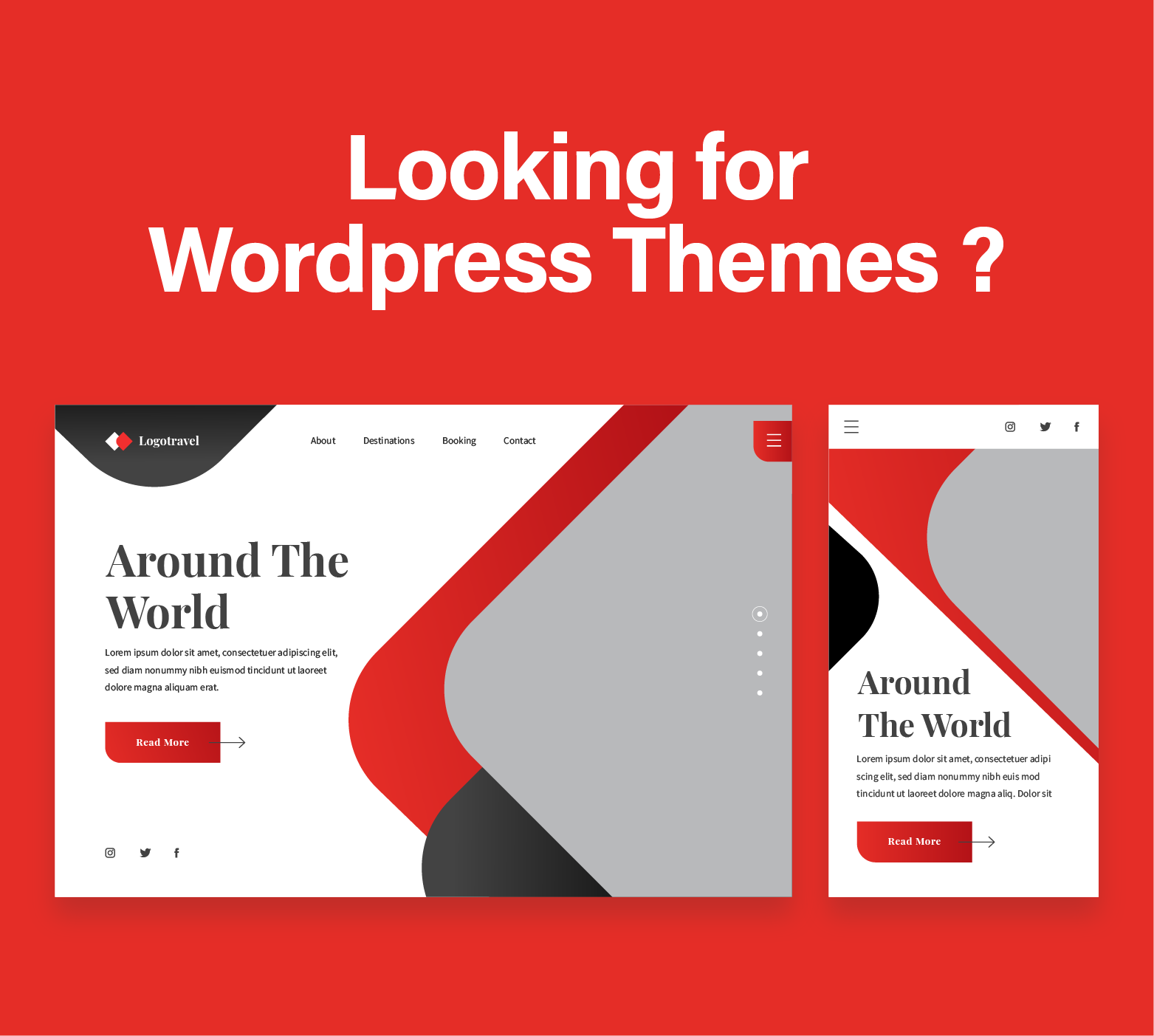Search engines never nap, and your competitors certainly do not. When you compare platforms, the debate around wordpress vs shopify returns every quarter with new claims and louder opinions. Both ecosystems matured, both ship useful features, and both rank very well when configured properly. The question is not about slogans but about control, tradeoffs, and execution over months.
I have optimized sites on both platforms for years, and I carry a few scars from messy migrations. The truth is boring and helpful at the same time. Either system can win if your team matches the tool to the job.
The fun part is figuring out which stack keeps your future costs and constraints under control. According to wordpress seo experts we will see whats better.
The core question everyone asks
Clients often start with the same line. Is wordpress or shopify better for seo when growth targets are serious. That is a valid question, and it deserves a calm framework, not a software flame war. Shopify brings a hosted environment with guardrails that reduce maintenance and security overheads. WordPress provides near total flexibility with themes, fields, and routing, which becomes powerful in expert hands.
So shopify or wordpress for a content heavy catalog that supports complex collections and editorial clustering. WordPress offers native freedom over templates, taxonomies, and internal links.
Shopify offers a clean admin, reliable uptime, and enough levers for most use cases. I still ask a simple follow up before recommending anything. Who will change things every week when rankings move.
Technical foundations and crawling
Search engines reward clarity, speed, and crawl efficiency, so the platform must enable tidy architecture. The wordpress vs shopify seo conversation begins with how each system handles core routing and sitemaps. Shopify generates a sensible sitemap and enforces a stable folder pattern for products, collections, and pages. WordPress lets you craft your own structure and marry it to purpose built categories and tags without drama. That freedom helps when you design topic clusters across thousands of posts and products.
Canonical control matters once you scale, because duplication creeps in through filters, search pages, and variants. Shopify manages variants well and gives you theme level control over canonicals. WordPress lets you tune canonicals at the template or plugin layer with very fine granularity. I prefer explicit control when category rules get complicated, and WordPress handles that without stress.
Speed, themes, and apps
Performance influences conversions and visibility, so I ask about speed before any content plan. Shopify ships a well optimized stack, but apps and heavy sections can still slow pages when scripts pile up. WordPress can be very fast with modern themes, image pipelines, and server side caching. It can also be slow when no one watches plugins or queries, which I have sadly seen. The platform is not the villain, the maintenance plan is the hero.
Theme quality drives layout stability and cumulative layout shift, which search engines evaluate closely. Shopify themes are curated and generally safe, offering predictable structure and upgrade paths. WordPress themes vary widely in code quality and update discipline, so picking a lean base theme is essential. I audit block patterns, enqueue logic, and font loading before setting anything live. If that sounds tedious, it is, and it saves growth budgets.
Content architecture and internal linking
Information architecture shapes crawling and the way authority flows through your catalog. WordPress excels at custom post types, taxonomies, and field driven templates that build deep topical coverage.
You can model hubs, spokes, and supporting posts with internal rules that scale nicely. Shopify focuses on products, collections, and pages, which is cleaner but less expressive by default. Complex content programs need careful planning to avoid shallow structures.
Internal linking tools exist on both platforms, though WordPress plugins allow more aggressive automation. You can still build smart related modules on Shopify with section level controls and metafields. The winning pattern builds consistent links from hubs to spokes and back to hubs. I always document rules so editors keep the plan steady when pressure rises.
A quick decision checklist you can borrow
-
Do you require heavy editorial clusters beyond products and collections
-
Will your team manage custom templates and schema without handholding
-
How often will you adjust navigation, filters, and detail page modules
-
Do you need unusual URLs for campaigns or regional structures
-
Who will own page speed and cleanup as the catalog expands
Commerce specific SEO
Catalog logic separates these systems once real inventory appears. Shopify variants, inventory syncing, and checkout are excellent, which frees time for content and links. WordPress with WooCommerce supports very advanced setups with custom shipping and bundling. It also demands a disciplined approach to updates and hosting, which is manageable with strong processes.
I usually recommend a staging workflow and automated tests for template changes.
Filters and faceted navigation can explode crawl budgets if implemented carelessly. Shopify keeps filters tidy unless you force indexation of too many parameter combinations. WordPress can index endless parameter pages unless you block, canonicalize, or design static collections. I prefer static curated collections for both stacks because they rank and convert with less noise. Your dev team will thank you later.
Structured data and rich results
Schema coverage drives rich results and trustworthy crawling, so treat it like infrastructure. Shopify themes usually ship with product schema and breadcrumbs that cover core needs. You can extend schema at the template layer for articles, faqs, and how to content with minimal fuss. WordPress allows full schema composition with custom fields and reusable blueprints for every template. That level of control pays off when you publish complex guides with comparison tables.
Image handling supports those results as well, especially for products and recipes. Shopify includes modern formats and responsive markup, though app scripts sometimes complicate loading. WordPress with a tuned image pipeline and a CDN produces sharp gains in real world metrics. I like seeing lazy loading, dimension attributes, and clean aspect ratios on every template. Those details reinforce user trust and crawl quality.
Analytics, control, and scalability
Measurement influences strategy, so analytics integrations must be reliable and privacy aware. Shopify offers solid integrations for major analytics tools and server side connections for ads platforms. WordPress accepts almost any analytics stack, including privacy focused choices and event driven setups. The wp ecommerce seo crowd often prefers richer tracking with funnels and product events, which WordPress supports easily. None of this replaces a clear measurement plan with documented events and naming.
Scalability means more than traffic, it means operational maturity. Shopify scales infrastructure and checkout for you, which lowers surprise costs during peak seasons. WordPress scales with the right host, caching, and a sensible plugin strategy. I ask teams to budget time for updates and monitoring, because growth without maintenance invites outages. Calm wins when you are closing quarter targets.
Cost, effort, and team skills
Costs arrive in different shapes on each stack and they matter over time. Shopify centralizes hosting and updates with predictable fees and paid apps when needed. WordPress starts cheap and grows as you add hosting power, premium plugins, and maintenance hours. You still get broad freedom to build whatever the strategy demands. The right answer depends on your team’s skills and appetite for control.
Editors care about daily friction, not abstract architecture debates. Shopify provides a clean interface that keeps simple tasks very simple. WordPress has improved its editing experience and keeps improving the block editor for structured content. I still recommend clear content models, editor guides, and training videos for both platforms. That investment pays for itself within a quarter.
Verdict and use cases
If you want a hosted stack with minimal maintenance and a tight catalog, Shopify is a strong choice. You will move fast with fewer moving parts and lean on curated apps to fill gaps. If you need deep content, flexible templates, and intricate internal linking, WordPress is the better fit. You will spend more time on setup and governance, but you unlock finer control. The wordpress vs shopify debate dissolves when you align the stack with the roadmap.
People also ask fair questions like should i use wordpress or shopify if I publish long guides and sell a lightweight catalog. WordPress usually wins due to editorial power and link architecture. For a brand with a focused product line and a lean team, Shopify remains very attractive. The best answer respects your constraints, budget, and pace of change. Strategy first, platform second.
Conclusion
So is shopify wordpress. No, and that confusion actually clarifies the decision you need to make. Shopify is a hosted commerce platform with guardrails and reliable patterns. WordPress is a flexible content platform that can become a powerful store. Either can rank if your technical and editorial systems are coherent and maintained.
When people search wordpress vs shopify or ask is wordpress or shopify better for seo, they are chasing certainty. They want a single champion that works in every situation. The honest answer is rooted in your content model, team skills, and growth plan. If you need editorial muscle and templated depth, WordPress usually carries the day. If you need speed to market with fewer moving parts, Shopify makes life easier.
wordpress vs shopify seo
For pure wordpress vs shopify seo outcomes, control often beats convenience when the team is ready. WordPress gives you granular routing, schema, and internal link mechanics that scale with ambition. Shopify delivers stability, sensible defaults, and a polished admin that non technical teams love. Your budget decides how much control you can actually use week after week. Reality is kind, and it rewards consistency.
If you are still undecided, try a pilot with one category and a small content cluster. Measure crawl health, speed, and conversions before you commit an entire catalog. Ask the hard questions early and document decisions so future you avoids chaos. And if you need a final nudge, pick the stack that your team can improve every Friday without drama.
Last line for the road. Choose the platform that makes rankings rise and blood pressure drop, preferably in that order.








